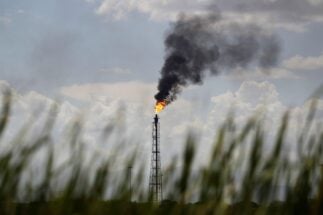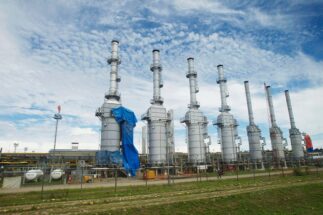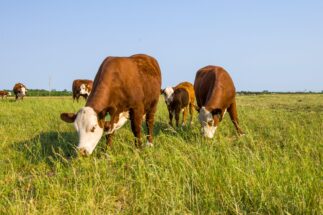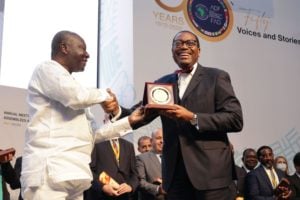For many years, methane was overlooked in the climate change conversation. Yet, this greenhouse gas, generated mainly by fossil fuels, livestock and waste, has been responsible for 30% of global warming. And its emissions are growing rapidly.
Then, at the COP26 climate change conference in 2021, a group of 112 countries pledged to reduce methane emissions by 30% by 2030. The Global Methane Hub was created to support these efforts. The initiative is a public-private partnership that will fund emissions-cutting actions.

While carbon dioxide is the primary greenhouse gas emitted via human activity and remains in the atmosphere for up to thousands of years, methane breaks down in just a decade. Therefore, reducing methane emissions now could have a critical short-term impact, one that could help keep the world on track to limit global average temperature rises to 1.5C by the end of the century, as targeted by the Paris Agreement.
Marcelo Mena, a former Chilean environment minister (2017-2018), is the executive director of the Global Methane Hub. In an interview with Diálogo Chino, Mena spoke about Latin America’s methane challenges, the quick and noticeable difference that less methane makes in keeping 1.5C in reach, and called for binding commitments on cutting the potent greenhouse gas.
Diálogo Chino: For years, methane wasn’t at the centre of climate change talks. However, this seems to have been at least partially reversed at COP26. What changed?
Marcelo Mena: The most important thing that has happened is that the threat of exceeding 1.5C is becoming clearer. We could reach it in 2026, much earlier than was thought under the Paris Agreement. Against that backdrop, acting on methane gives us the possibility of being able to reduce emissions and notice the difference quickly. The world is losing hope in the face of long-term climate agreements that are hard to see the effects of. Reducing methane emissions can make a difference.
DC: Unlike other greenhouse gases, reducing methane emissions is often described as achievable in the short term. What are the characteristics of this greenhouse gas that make it easier to address?
MM: We have ignored that leakage from fossil fuel extraction occurs both deliberately and accidentally. Regulation of oil and gas has historically been lax, which has led to an increase in leakage. It is easy to stop leakage and thus align economic and environmental objectives. This is a good practice that should be implemented and gives hope.
The atmospheric concentration of methane is increasing faster now than at any time since the 1980s. What are the main sources of methane emissions that account for this growth?
The boom in natural gas extraction without considering leakage is an important part of these recent emissions that have been noted. It is also explained by the intensification of livestock farming and increased economic growth, which has led to more organic waste. As incomes rise, more meat is consumed and we also waste more food. Higher temperatures also intensify methane emissions, which is naturally occurring.
The International Energy Agency estimates that methane emissions from fossil fuels can be reduced by 75% by 2030 with current technologies. What would need to happen to meet this target?
Emissions have to be regulated. The implementation of the Paris Agreement is a change but the commitments are not binding. There are different actions that can be implemented today for fossil fuels, such as banning planned or accidental venting. Work is underway to make that happen.
How feasible is it to reduce methane emissions from livestock and agriculture with currently available technology?
We are facing a demographic transition, with a population under 30 years of age that is more aware of the link between food and emissions. In addition, there is an increasing willingness among the population as a whole to reduce dairy and meat consumption for environmental reasons. But this is not enough. We need to improve agriculture and livestock operations and we are working with research centres to do this.
There is a huge gap between solutions to reduce methane emissions in fossil fuels and those available in agriculture and livestock. We will focus a lot of our funds on finding solutions for this sector. We want to lay the groundwork for new measures. The agricultural sector is 15 to 20 years behind in mitigation, compared to the energy sector.
You made a reference to the fact that emissions reduction measures, including for methane, are not yet binding. What level of commitment do you see from governments and companies?
Very few countries have binding decarbonisation targets. Chile recently adopted a climate change law and each ministry has to account for how it is progressing on its targets. This is also being done by other countries. We have to move from promise to action. In the case of methane, we could even think about an annex to the Paris Agreement, as the Montreal Protocol did to eliminate substances that affect the ozone layer. More specific commitments for methane could also be included in updates to NDCs [nationally determined contributions to emissions reductions, a requirement of the Paris Agreement].
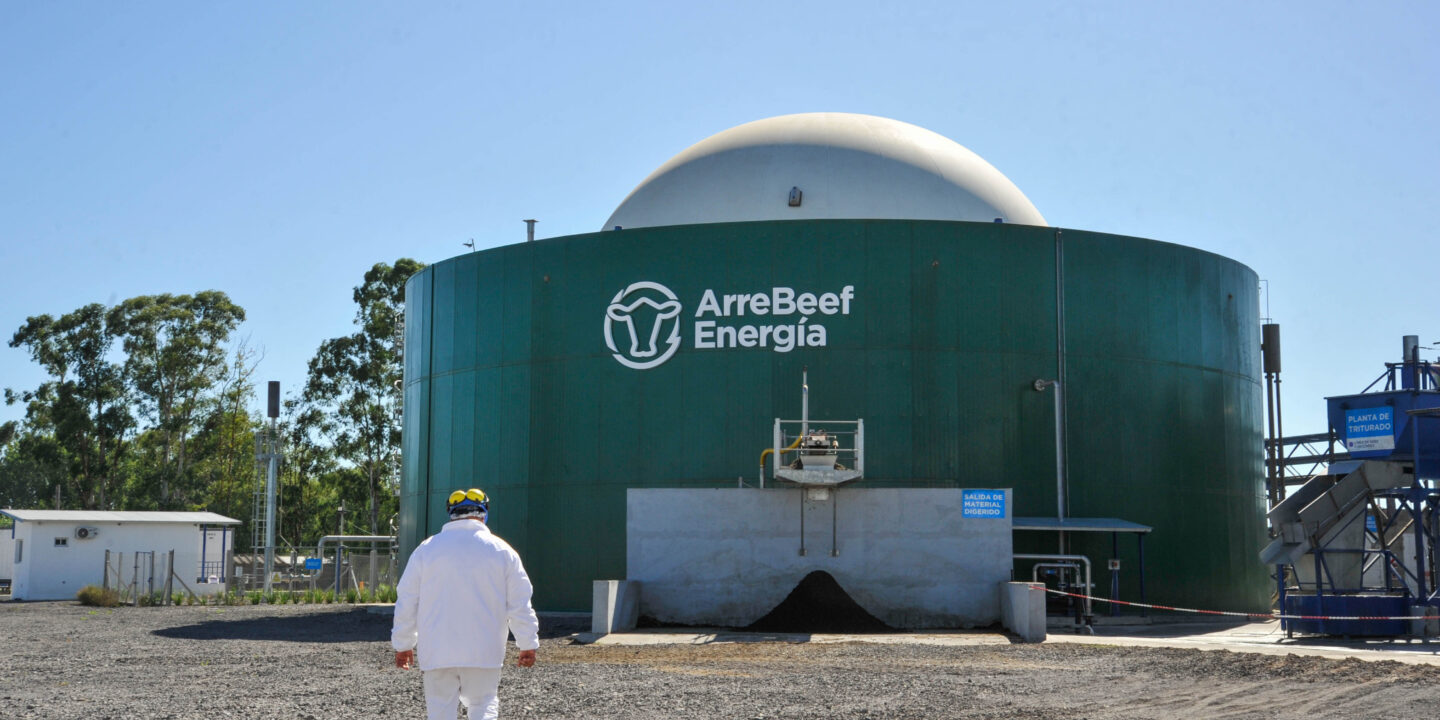
How does the Global Methane Hub operate and what will be the focus of its work in the coming years?
We aim to be in the Global South. Developing countries have an increasing share of methane emissions. Waste, agriculture, sewage treatment, all these things today generate more emissions than before in these countries. We are going to finance actions to reduce methane emissions rapidly. But we understand that today we don’t have so many measures for the agricultural sector, we will work to find them through research.
There are still large countries that have not yet signed up to the methane reduction pledge, such as China, India and Russia, which are significant for fossil fuel emissions. Do you expect them to join?
We are not interested in them signing a specific commitment but in their willingness to work with us to reduce methane emissions. As a local greenhouse gas, it brings a local temperature reduction. If we want to avoid global warming tipping points occurring in a specific country, lowering methane is a good tool.
In Latin America today there is a convergence of natural gas expansion and livestock farming, backed by national government plans. What is being done to reduce methane emissions?
Fossil expansion is incompatible with climate goals. The war in Ukraine reminds us that today we have global conflicts associated with fossil fuels. Social peace requires decarbonisation. On animal production, there are planetary limits to consider. The loss of biodiversity has exposed us to zoonotic diseases such as the Covid-19 pandemic. If we do not listen to these signals, we will be more vulnerable. We need to find food production that is compatible with human health and the health of the planet.


